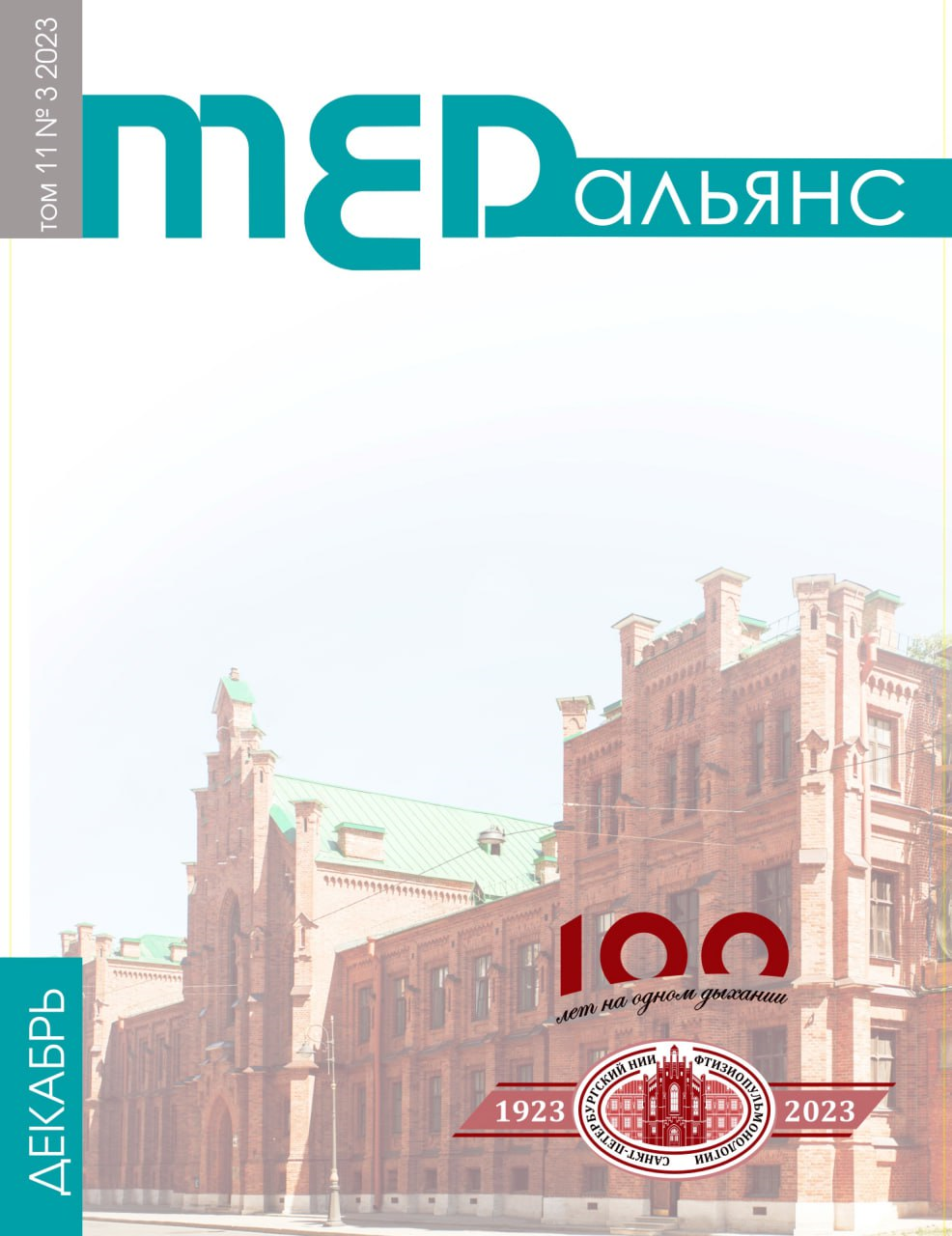Abstract
Ischemic kidney damage as part of acute coronary syndrome (ACS) largely contributes to the development of unfavorable outcomes not only of the underlying disease, but also of endovascular procedures, aggravating the patient’s condition and prognosis. This study is aimed at assessing the long-term results of coronary stenting for ACS in patients with a sharp increase in serum creatinine levels within 48 hours after the intervention. Purpose: to evaluate the relationship between an increase in serum creatinine levels after coronary stenting of an infarct-related artery and the development of adverse outcomes in the long term. Materials and methods: 51 patients with ACS took part in the study. Serum creatinine was assessed before and within 48 hours after coronary stenting. Subsequently, after 3–6 months, patients underwent repeat coronary angiography to assess the patency of the coronary bed. Results: based on repeated coronary angiography, we identified the development of angiographic restenosis in those patients who demonstrated a significant increase in serum creatinine levels within 48 hours after stent implantation. In the group of patients without restenosis, creatinine values before and after revascularization were comparable. Conclusion: we noted that kidney damage due to acute coronary syndrome in combination with the introduction of a large volume of contrast agent can contribute to the development of unfavorable outcomes of coronary stenting in the long term, namely, in-stent restenosis.

